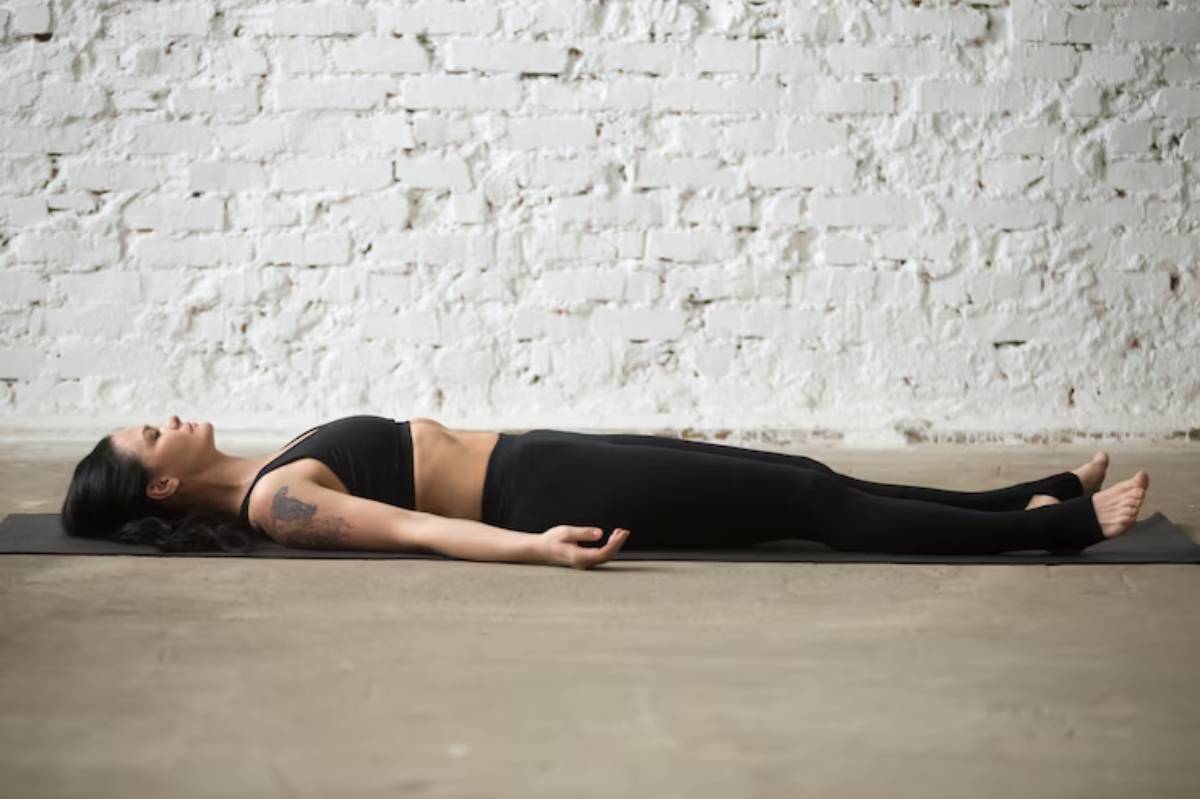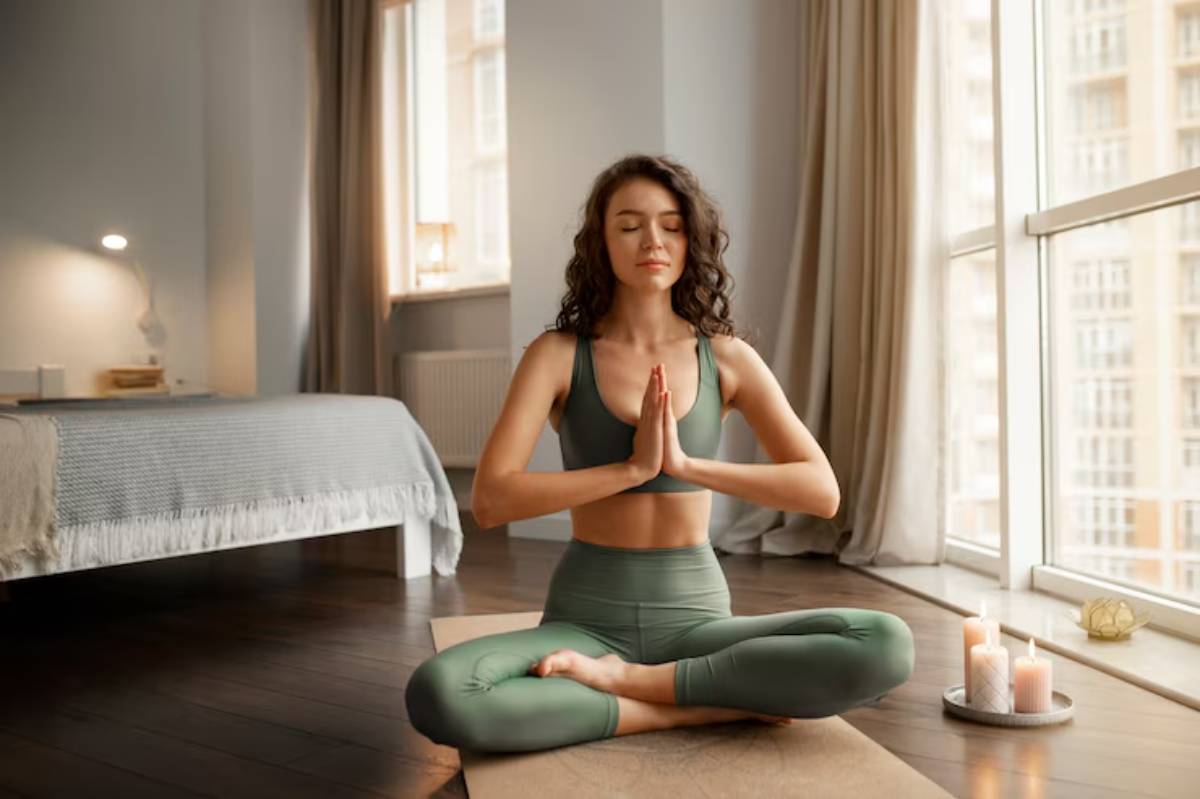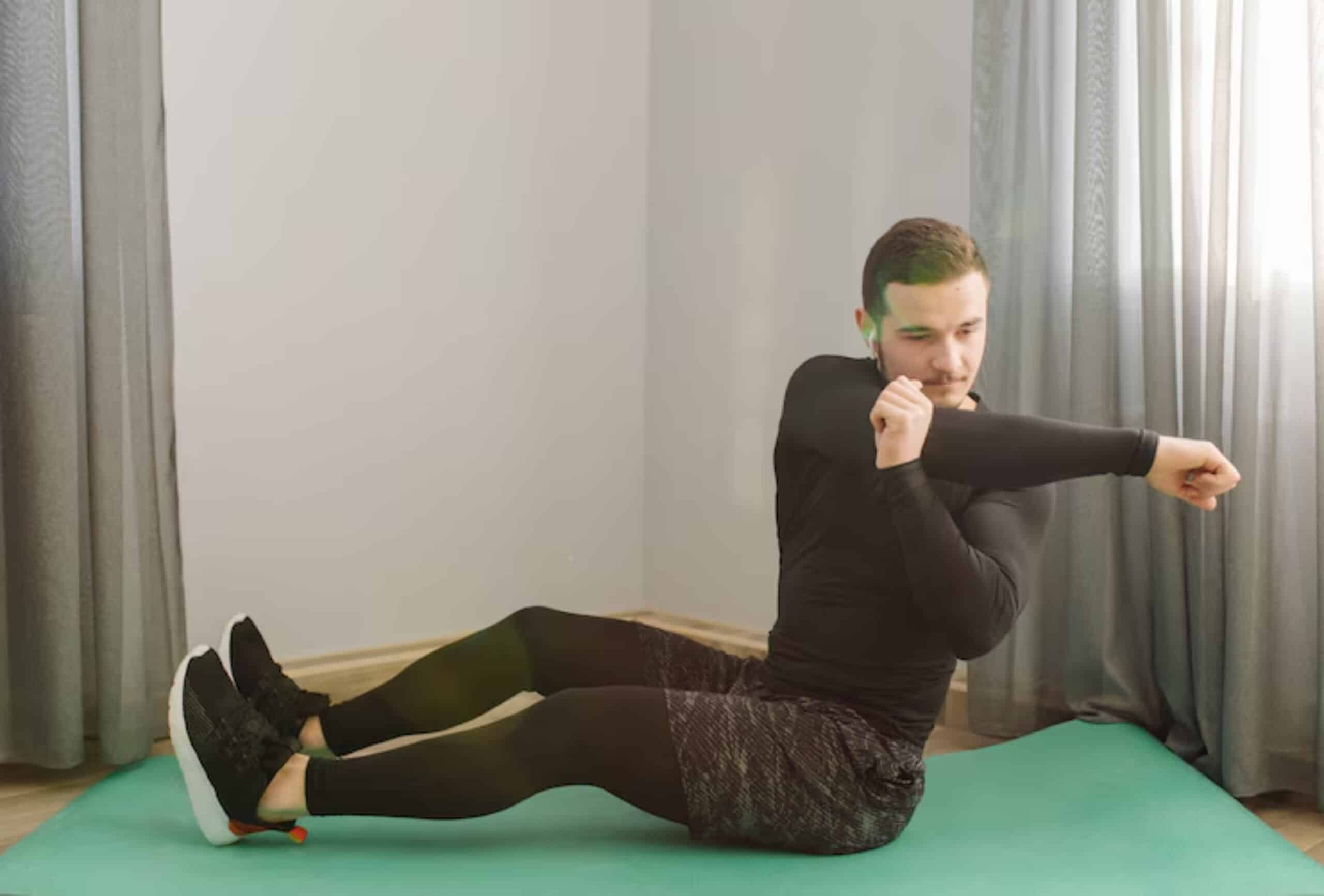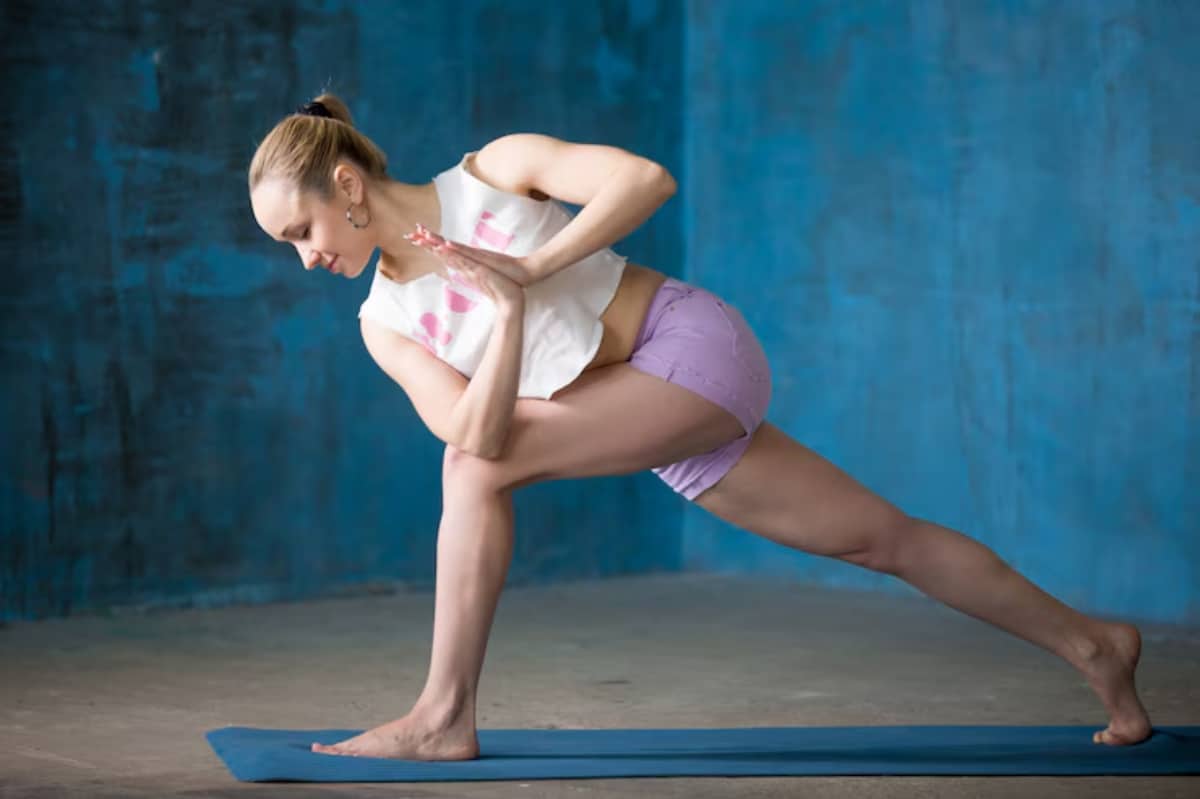
Build Explosive Strength with Dynamic Yoga Flows
Think you need a gym full of iron to build explosive strength? Think again.
In today’s world of high-intensity fitness trends and bodyweight mastery, dynamic yoga sequences are fast becoming the go-to option for athletes and fitness lovers aiming for power, agility, and functional strength — all without lifting a single dumbbell. If you’ve ever felt your workouts were missing a mobility-strength balance, yoga strength training might be the key.
In this article, you’ll uncover:
- What explosive strength actually means — and why it matters.
- How yoga strength training builds power using dynamic body movements.
- Sample dynamic yoga sequences designed to activate and challenge your fast-twitch muscle fibres.
- Tips to amplify your performance and prevent injury along the way.
Get ready to sweat, stretch, and ignite your strength in a whole new way.
What is Explosive Strength — and Why Should You Care?
Explosive strength refers to your ability to generate a rapid burst of force. It’s essential for athletes who sprint, jump, or change direction quickly — and it’s equally beneficial in everyday movements like climbing stairs or catching yourself from a fall.
Examples of Explosive Movements:
- Vertical jumps
- Sprinting starts
- Bursts from a yoga flow to a high lunge
- Quick transitions from low to high poses
By focusing on explosive bodyweight workouts, you’re training your fast-twitch muscle fibres. These fibres don’t get enough love in slow, static yoga or long-distance cardio, and that’s exactly where dynamic yoga steps in.
How Yoga Builds Explosive Power
You might associate yoga with slow poses and deep breathing, but certain styles — like Power Yoga, Ashtanga, and Vinyasa Flow — can be turned into high-intensity strength workouts.
How It Works:
- Fast Transitions: Moving rapidly between poses like plank to lunge or chair to jump squat develops neuromuscular efficiency.
- Bodyweight Resistance: Many yoga poses build functional strength by engaging multiple muscle groups simultaneously.
- Isometric Holds to Dynamic Bursts: Holding Warrior III, then launching into a forward hop — trains control and power.
- Core-Driven Movement: Dynamic yoga sequences constantly recruit core stabilisers, boosting strength and balance.
Curious how this compares with more endurance-focused routines? Check out Power Yoga for Muscle Endurance.
Benefits of Dynamic Yoga Sequences
Besides building strength, dynamic yoga training offers a long list of perks that keep your body primed and ready:
- Injury Prevention: Strong, mobile joints are less likely to strain.
- Balance and Coordination: Crucial for athletes and active adults alike.
- Improved Agility: Transferring between poses increases your range of controlled motion.
- Mental Focus: Fast-paced yoga demands full attention.
- Time Efficiency: A 20-minute dynamic flow can hit strength, cardio, and flexibility goals.
And let’s not forget: it’s low-impact. It’s ideal if you’re recovering from high-impact workouts or simply prefer not to pound your joints.
Dynamic Yoga vs Traditional Strength Training
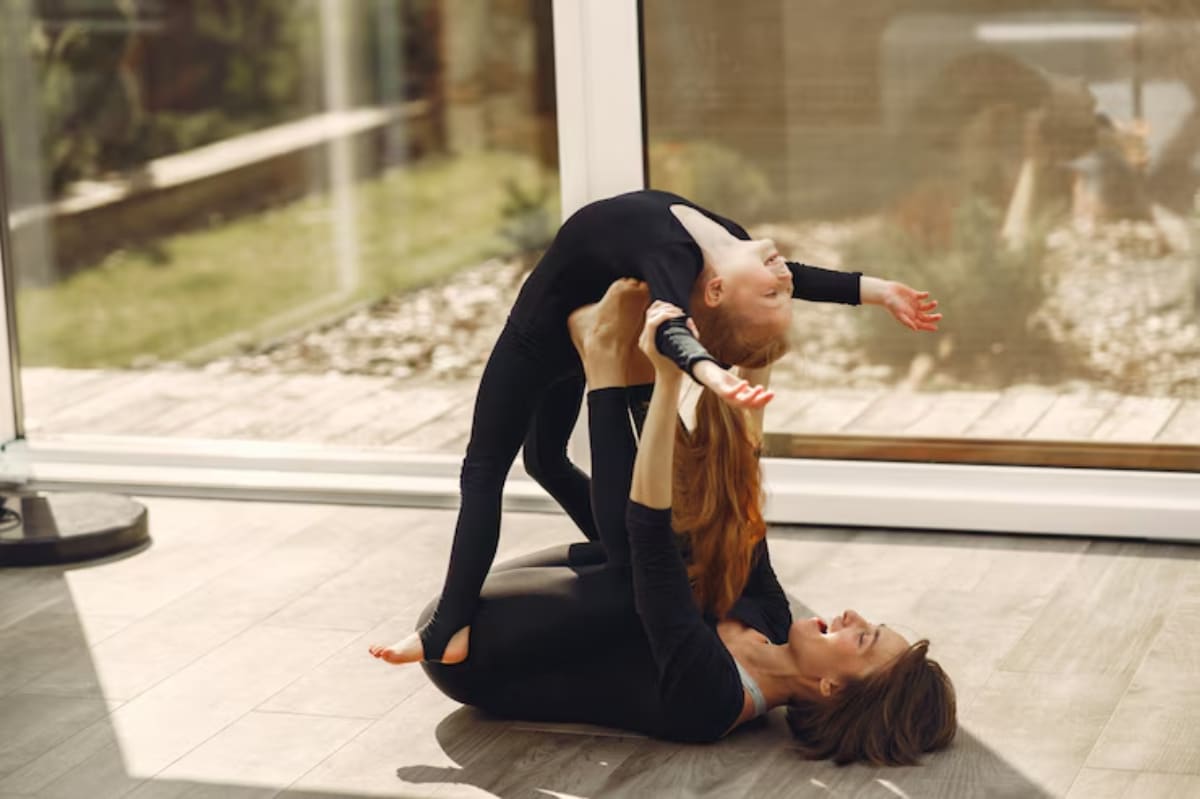
| Factor | Dynamic Yoga | Weight Training |
| Equipment | None (just a mat) | Barbells, machines |
| Type of Strength | Functional, explosive | Isolated, maximal |
| Flexibility Gains | Yes | Minimal |
| Mental Focus | High (mind-body connection) | Moderate |
| Joint Stress | Low | Varies by form/load |
Dynamic yoga sequences aren’t meant to replace all forms of strength work, but they fill a crucial gap in most training programmes.
Who Should Practise Explosive Yoga Flows?
Short answer? Pretty much everyone.
But here’s who benefits most:
1. Athletes
To improve reaction time, coordination, and injury resilience.
2. Bodyweight Trainers
To boost power without adding external weights.
3. Ageing Adults
To preserve bone density, stability, and fast-twitch muscle integrity.
4. Yoga Practitioners
To add variety and performance elements to their flows.
The Core Elements of a Dynamic Yoga Sequence
Want to start building your own explosive yoga flow? Keep these components in mind:
Mobility Prep
Start with light dynamic stretching:
- Arm swings
- Hip circles
- Sun Salutations (2–3 rounds)
Isometric Strength Holds
Use these to fire up muscle groups:
- Plank
- Warrior III
- Chair Pose
Plyometric Transitions
Add light jumps or hops:
- Chair to Jump Squat
- Downward Dog to Lunge Jump
- Mountain Pose to Hop into Boat
Core Engagement
Always come back to the core:
- Forearm Plank with Reaches
- Boat Pose with Toe Taps
Want to learn more about effective transitions? Read Yoga Transitions That Engage the Core.
Sample 25-Minute Dynamic Yoga Flow
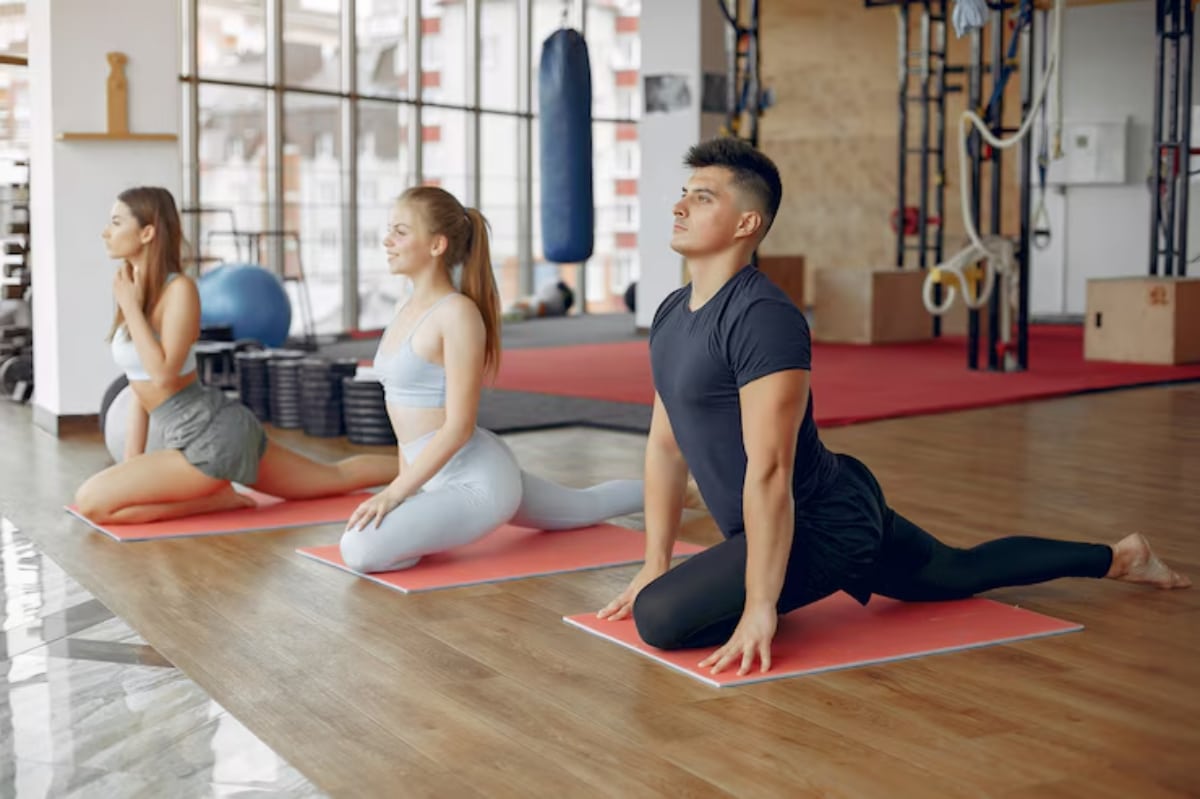
Try this at home — no gear needed.
Warm-Up (5 mins)
- Cat-Cow Flow – 5 breaths
- Sun Salutation A – 2 rounds
- Lunge to Twist Flow – 3 reps each side
Activation Flow (10 mins)
- Chair Pose to Jump Squat – 8 reps
- Plank to Low Push-Up (Chaturanga) – 5 reps
- Warrior II to Star Jump – 6 reps per side
- Boat Pose with Knee Tucks – 10 reps
- Side Plank Reach-Under – 5 reps per side
Cooldown (5 mins)
- Pigeon Pose (Glute Stretch) – 30 sec each side
- Seated Forward Fold – 1 min
- Supine Twist – Each side, 5 breaths
Modify reps to suit your ability level. Focus on quality movement, not speed.
Tips to Maximise Results
- Use a Mirror or Record Yourself: It helps you correct alignment.
- Inhale During Lengthening, Exhale During Effort: Oxygen helps fuel movement.
- Stay Consistent: 2–3 sessions a week is a great starting point.
- Layer Your Progression: Add speed, then complexity, then duration.
Remember: good form > more reps.
Real-Life Story: How Jason Gained Power Without Weights
Jason, a 29-year-old martial artist from Leeds, ditched heavy lifting during lockdown and switched to explosive yoga flows. After eight weeks:
- His vertical leap increased by 5cm.
- He moved with more agility in sparring sessions.
- He reported fewer aches and better sleep.
“I was surprised how sore I felt after just 30 minutes,” he laughs. “But it’s the good kind — like your body’s upgrading.”
Mistakes to Avoid in Dynamic Yoga Strength Training
- Skipping Warm-Ups: Cold joints are injury-prone.
- Neglecting Breath Control: This depletes energy faster.
- Overdoing Jumps Without Control: Focus on landing softly.
- Forgetting Recovery: Alternate hard days with rest or gentle yoga.
Think of your yoga journey as a marathon, not a sprint. Power comes with patience.
How to Integrate Dynamic Yoga with Other Training
Dynamic yoga doesn’t have to be your only form of fitness. In fact, it pairs beautifully with other styles:
Weekly Schedule Idea
- Monday: Weight training
- Tuesday: Dynamic Yoga Flow
- Wednesday: Rest
- Thursday: Cardio or HIIT
- Friday: Dynamic Yoga or Flexibility Flow
- Saturday: Light Run or Activity
- Sunday: Recovery yoga or meditation
Cross-training reduces boredom and injury risk.
Tools and Props to Enhance Your Flow
While no equipment is essential, a few things can enhance your training:
- Cork Blocks: Great for beginners working on balance.
- Resistance Bands: Add challenge to static holds.
- Yoga Strap: Helps with safe, deep stretches.
- Grip Towel or Yoga Mat: Reduces slipping during explosive transitions.
Final Thoughts: Power from the Mat
Gone are the days when yoga was just for relaxation and flexibility. With the right flow, right breath, and right mindset, you can transform your mat into a training ground for explosive strength.
You don’t need machines, mirrors, or music. Just your body, your breath, and your will to evolve.
Take the Leap — Literally
Give one of these sequences a go. Whether you’re building strength for sport, daily life, or sheer personal challenge, dynamic yoga flows deliver.
